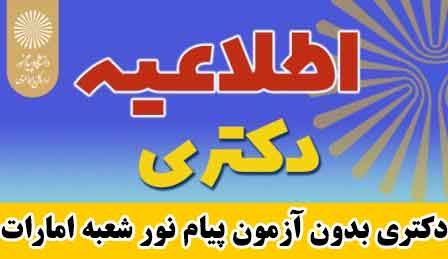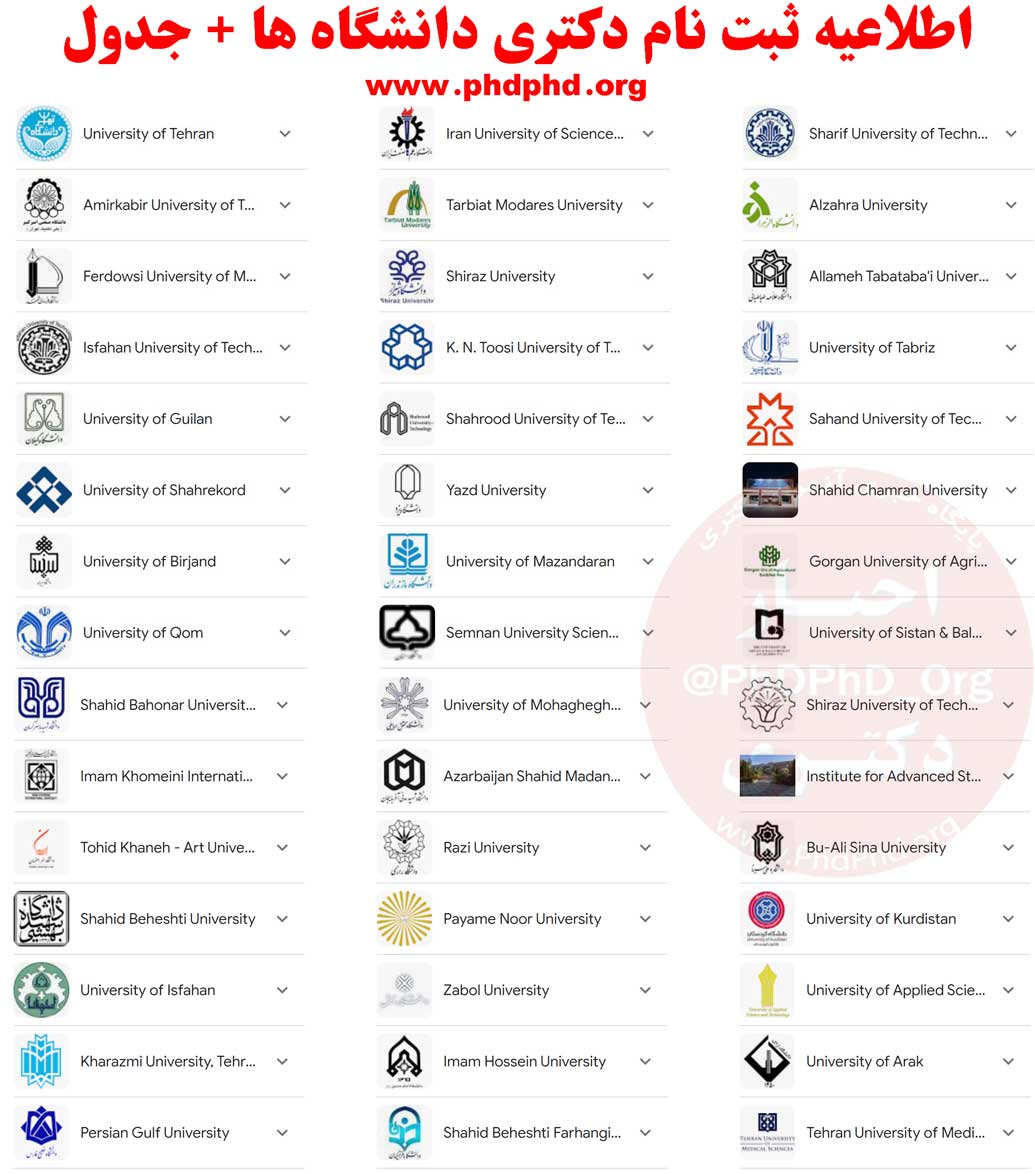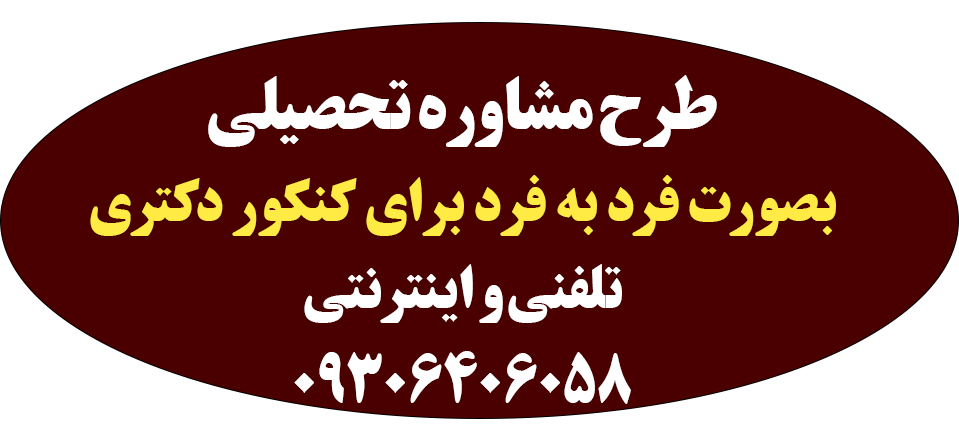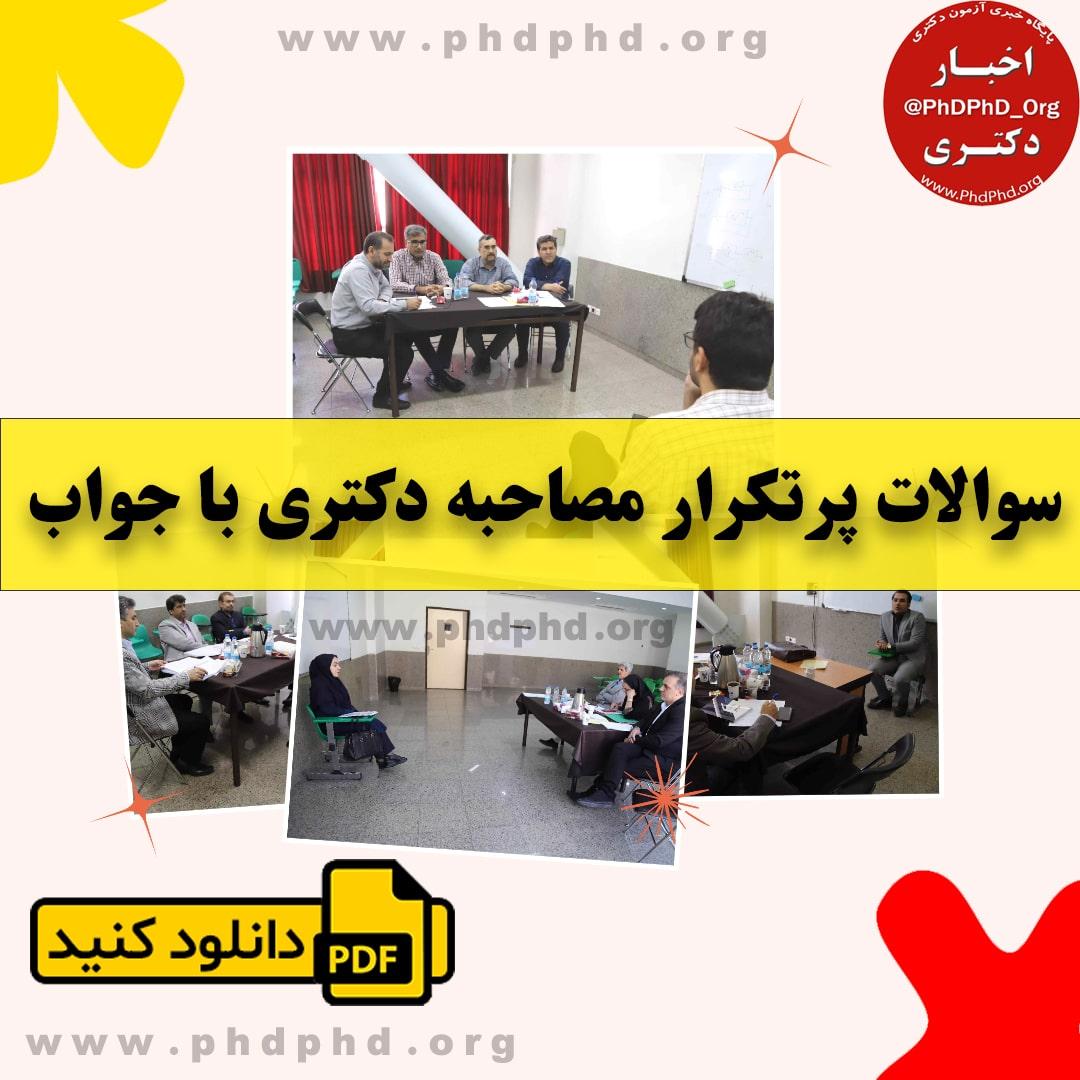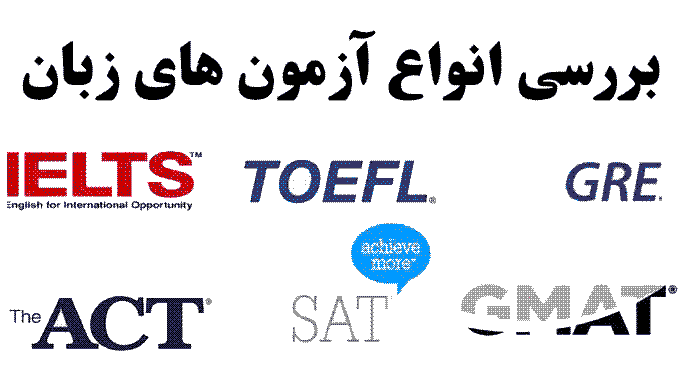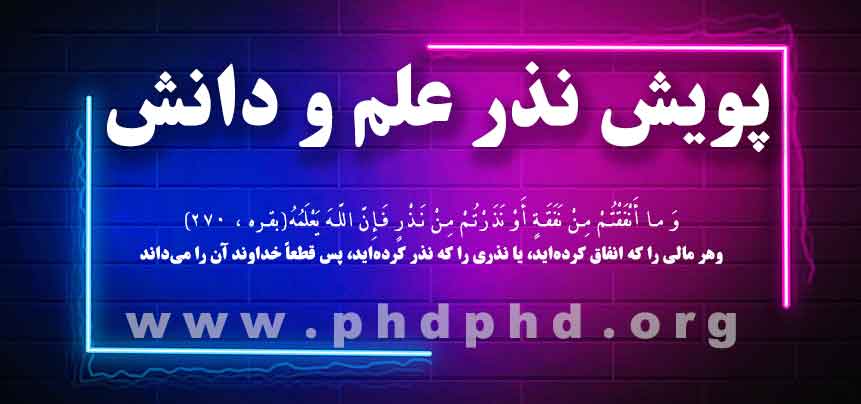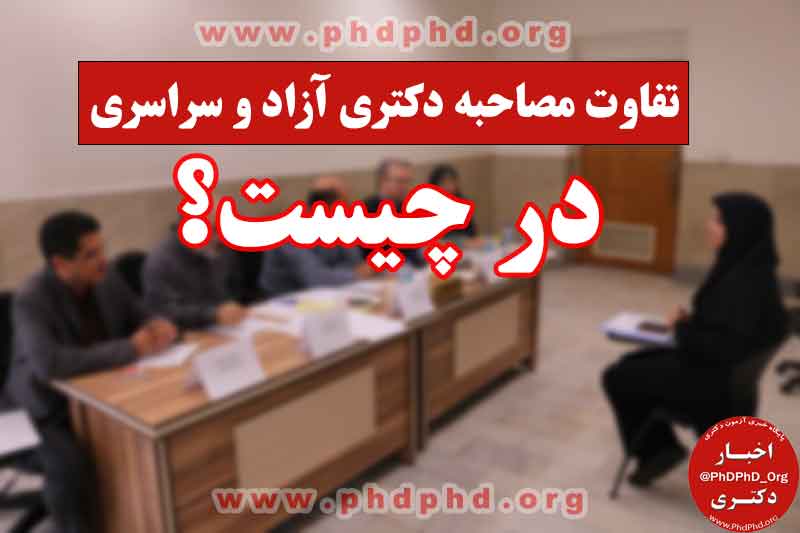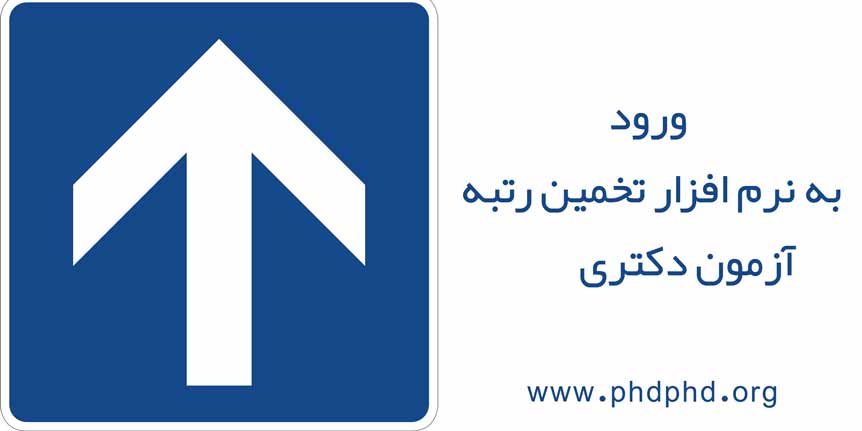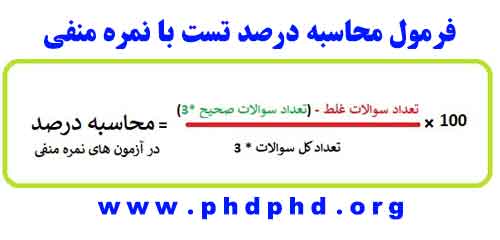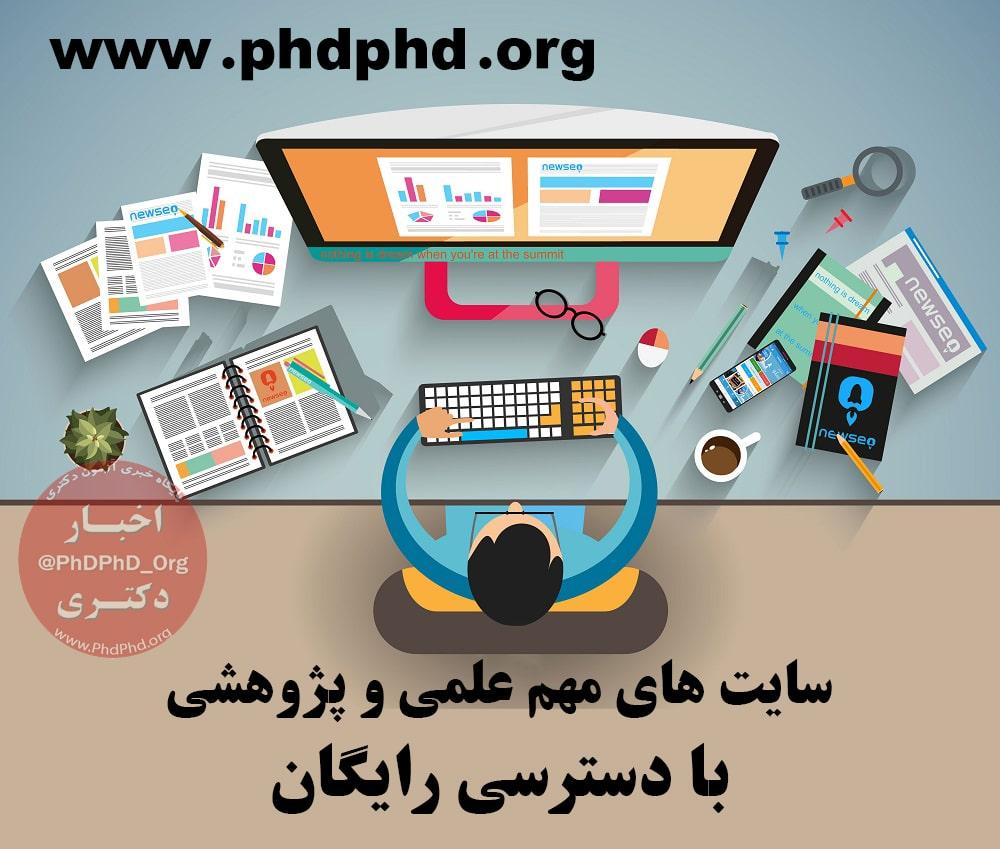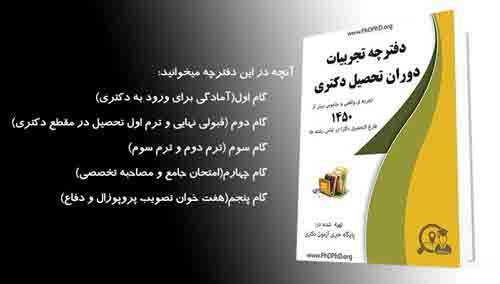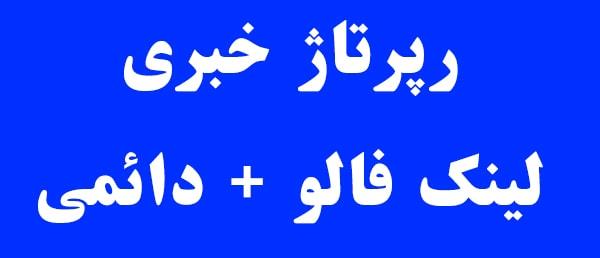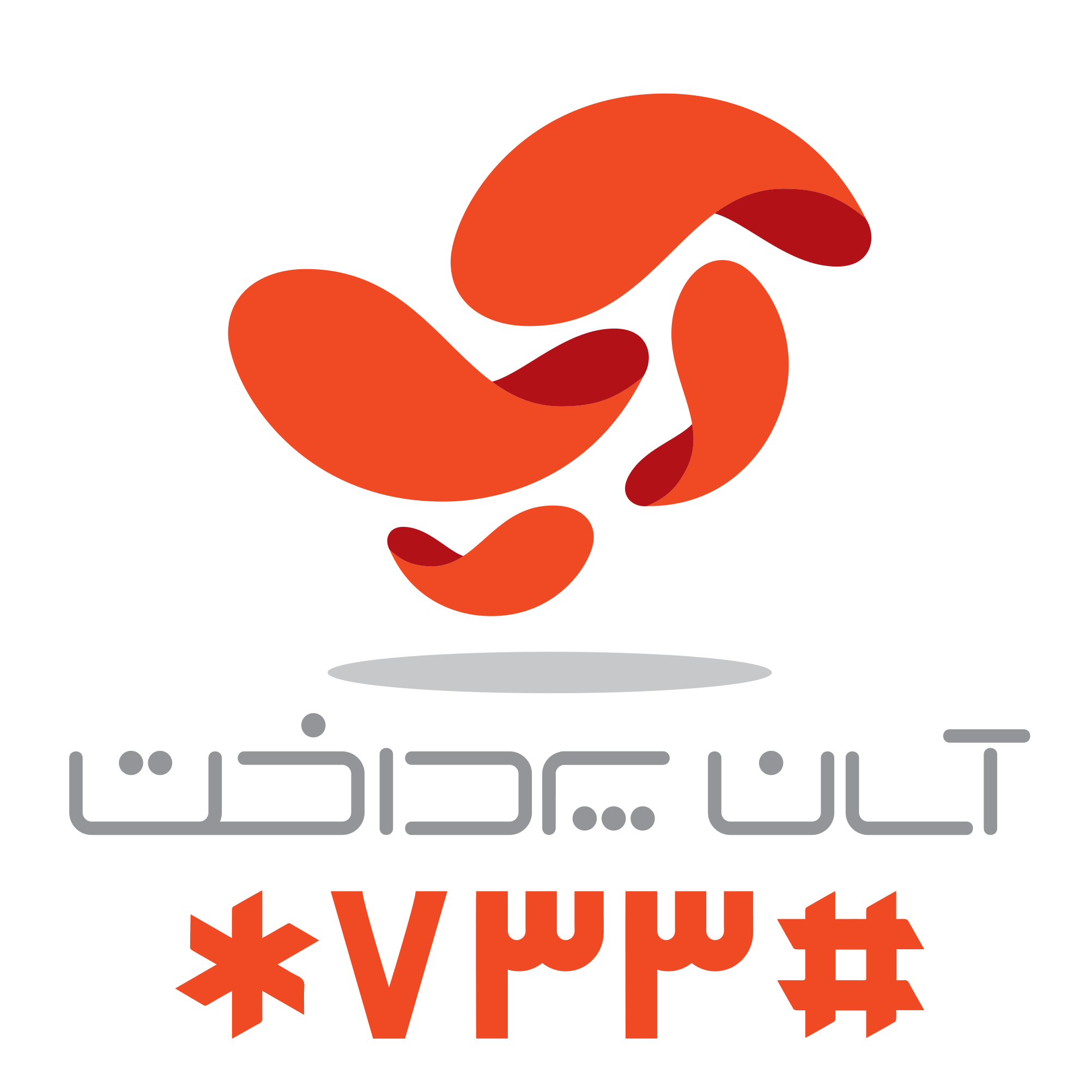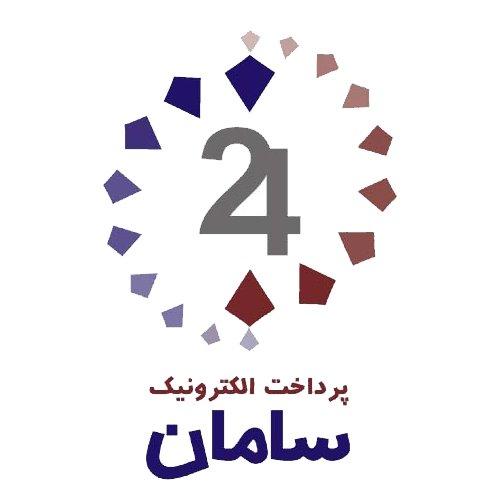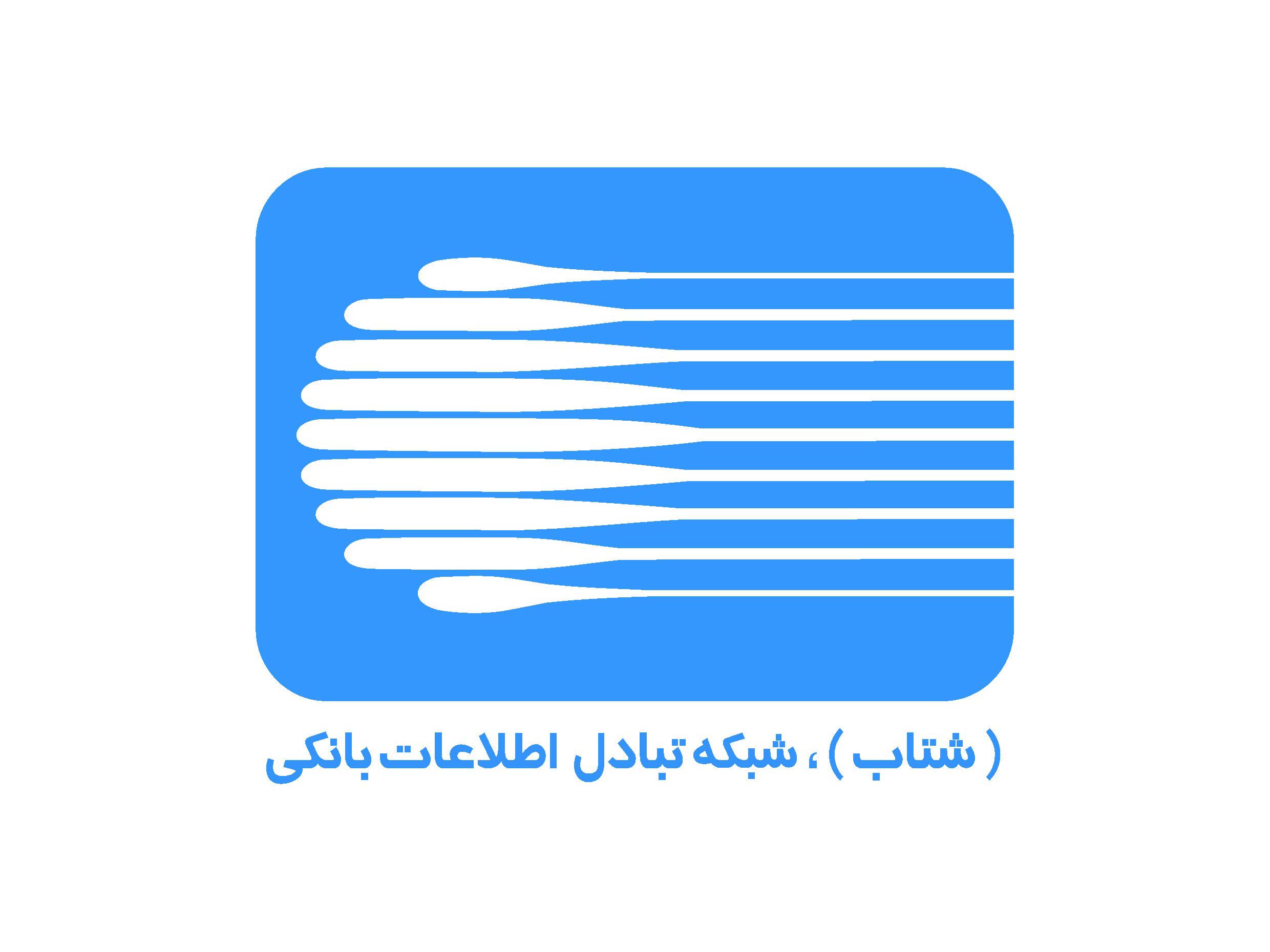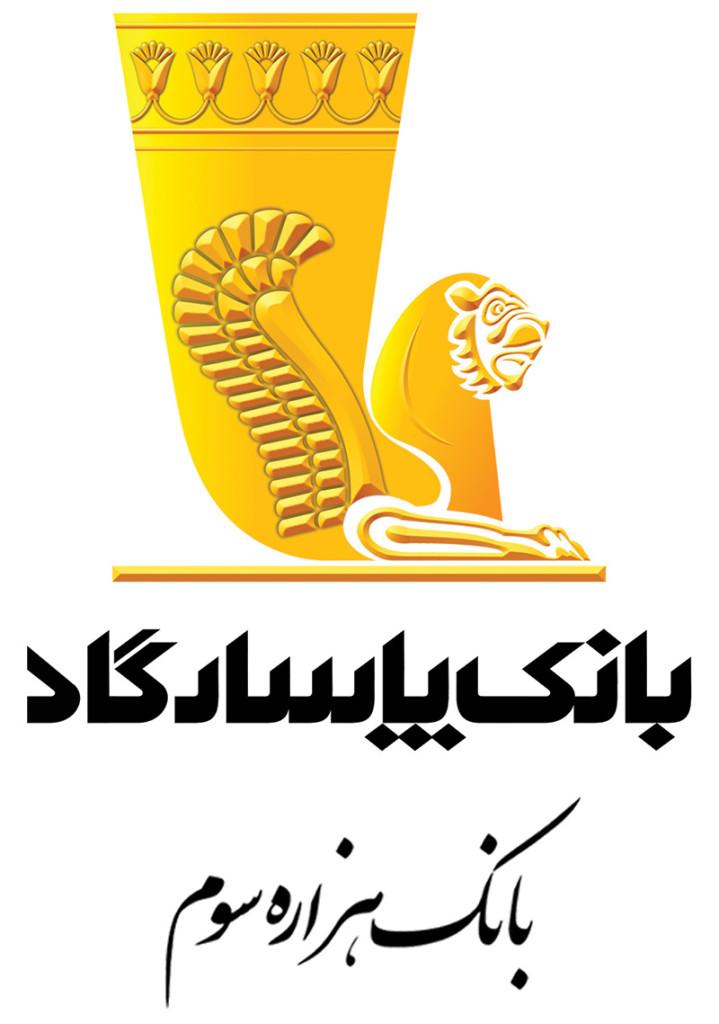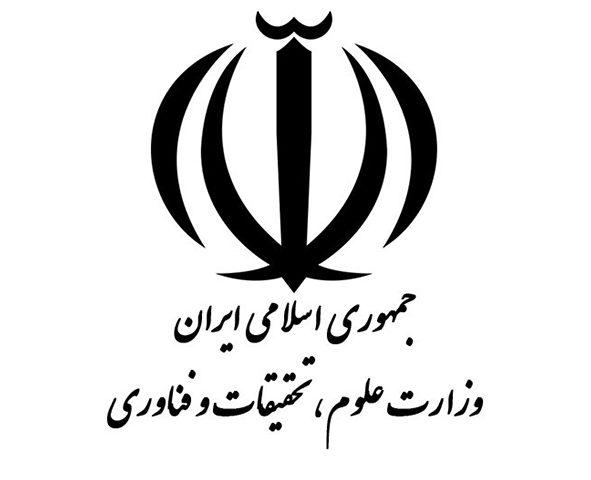- فراخوان پذیرش دکتری بدون آزمون استعدادهای درخشان دانشگاه شیراز 1403
- آمار داوطلبان انتخاب رشته کننده 67 هزار نفر
- پذیرش دانشجوی دکتری به شیوه استادمحور برای اولین بار کلید خورد
- اصلاحات دفترچه راهنمای انتخاب رشته (شماره 2) آزمون ورودی دکتری (Ph.D.) نیمهمتمرکز سال 1403
- تمدید مهلت انتخاب رشته آزمون دکتری سال 1403
تاریخ بروزرسانی : 1397/08/15
سرفصل های درس آزمون سازی زبان

نام بسته درسی : آزمون سازی زبان
———————————————————-
فهرست:
Part 1
- Measurement, test, evaluation
- Uses of language tests
- Testing in Language Programs
- Characteristics of Normal Distributions
- Communicative Language Ability
- Test Method
- Reliability
- Validation
- Some Persistent Problems and Future Directions
Part 2
CHAPTER 1
The Item Characteristic Curve
CHAPTER 2
Item Characteristic Curve Models
CHAPTER 3
Estimating Item Parameters
CHAPTER 4
The Test Characteristic Curve
CHAPTER 5
Estimating an Examinee’s Ability
CHAPTER 6
The Information Function
CHAPTER 7
Test Calibration
CHAPTER 8
Specifying the Characteristics of a Test
CHAPTER 9
Educational Assessment
CHAPTER 10
Assessment and Learning
CHAPTER 11
Impact of testing
CHAPTER 12
Validity and Reliability
CHAPTER 13
Performance Assessment
CHAPTER 14
Teacher Assessment and Formative Assessment
CHAPTER 15
Ethics and Equity
CHAPTER 16
Ethical Test Preparation
CHAPTER 17
Limitations of Classical Measurement Models
CHAPTER 18
Concepts, Models, and Features
CHAPTER 19
Ability and Item Parameter Estimation
CHAPTER 20
Identification of Potentially Biased Test Items
CHAPTER 21
Concepts in Generalizability Theory
Test
Key
References
بخش هایی از بسته درسی آزمون سازی زبان
measurement, test, evaluation
Measurement
Measurement in the social sciences is the process of quantifying the characteristics of persons according to explicit procedures and rules. This definition includes three distinguishing features: quantification, characteristics, and explicit rules and procedures.
Quantification
Involves the assigning of numbers, and this distinguishes measures from qualitative descriptions such as verbal accounts or nonverbal, visual representation. Non-numerical categories or rankings such as letter grades(A,B,C,….), or labels (for example, excellent, good, average…) may have the characteristics of measurement. However, when we actually use categories or rankings such as these, we frequently assign numbers to them in order to analyze and interpret them, and technically, it is not until we do this that they constitute measurement.
Characteristics â physical characteristic: observed directly
è
Mental characteristic = trait / construct
We can assign numbers to both physical and mental characteristics of persons. In testing, we are almost always interested in quantifying mental attributes and abilities, sometimes called traits or constructs, which can only be observed indirectly.
The precise definition of ‘ability ’ is a complex undertaking. In a very general sense, ‘ ability ’ refers to being able to do something, but the circularity of this general definition provides little help for measurement.
‘ Mental ability ’ refers to performance on a set of mental tasks. We are generally assume that there are degrees of ability and that these are associated with tasks or performances of increasing difficulty or complexity. It is important to understand that it is these attributes or abilities and not the persons themselves that we are measuring.
Rules and procedures
The third is that quantification must be done according to explicit rules and procedures. That is, the ‘blind’ or haphazard assignment of numbers to characteristics of individuals con not be regarded as measurement. In order to be considered a measure, an observation of an attribute must be replicable, for other observes, in other contexts and with other individuals. Measures are distinguished from such ‘pseudo-measures’ by the explicit procedures and rules upon which they are based.
Test
A test،in simple terms،is a method of measuring a person,s ability،knowledge،or performance in a given domain. let,s look at the components test is first a method. It is an instrument-a set of techniques, procedures , or items –that requires performance on the part of the test- taker . To qualify as a test, the method must be explicit and structured second،a test must measure Some tests measure general ability , while others focus on very specific competencies or objectives .
Next, a test measures an individual،s ability،knowledge ,or performance.
A test measures performance،but the results imply the rest_taker،s ability, or, to use a concept common in the field of linguistics, competence. performance_based tests sample the test_taker ,s actual use of language ,but from those samples the
test administrator infers general competence .
Finally a test measures a given domain. In the case of a proficiency test,
Carroll (1968) provides the following definition of a test:
A psychological or educational test is a procedure designed to elicit certain behavior
from which one can make inferences about certain characteristics of an individual.
A test is measurement instrument designed to elicit a specific sample of an indivi-
dual’s behavior. As one type of measurement, a test necessarily qualifies characteristics of individuals according to explicit procedures. What distinguishes a test from other types of measurement is that it is designed to obtain a specific sample of behavior.
The inferences and uses we make of language test scores depend upon the sample of language use obtained. Language tests can thus provide the means for more carefully focusing on the specific language abilities that are of interest. As such, they could be viewed as supplemental to other methods of measurement. Given the limitations on measurement, and the potentially large effect of elicitation procedures on test perfor-
mance, language tests can more appropriately be viewed as the best means of assuring that the sample of language obtained is sufficient for the intended measurement purposes. While measurement is frequently based on the naturalistic observation of behavior over a period of time, such as in teacher rankings or grades, such naturalistic observations might not include samples of behavior that manifest specific abilities or attributes. The value of tests lies in their capability for eliciting the specific kinds of behavior that the test user can interpret as evidence of the attributes or abilities which are of interest.
Evaluation
Evaluation can be defined as they systematic gathering of information for the purpose of making decisions. The probability of making the correct decision in any given situation is a function not only of the ability of the decision maker, but also of the quality of the information upon which the decision is based. The more reliable and relevant the information, the better the likelihood of making the correct decision. One aspect of evaluation is the collection of reliable and relevant information. This information need not be, exclusively quantitative. Evaluation does not necessarily entail testing. By the same token, tests in and of themselves are not evaluative. Tests are often used for pedagogical purposes, either as a means of motivating students to study, or as a means of reviewing material taught. Tests may also be used for purely descriptive purposes. When the results of tests are used as a basis for making a decision that evaluation is involved. The majority of tests are used for the purpose of making decisions about individuals, it is important to distinguish the information-providing function of measurement from the decision-making function of evaluation.
An example of evaluation that does not involve either tests or measures is the use of qualitative descriptions of student performance for diagnosing learning problems.
Test:
- pedagogical purposes
– motivating & test
– reviewing material taught
- purely descriptive purposes :Ev.
Evaluation purposes:
1.No test, no means: the use qualitative description of students performances.
2.Non-test mean: ranking for assigning grades
3.Test for evaluation: achievement test determining students` progress.
4.Not for evaluation: for research purposes: proficiency test
Informal and formal assessment
Informal assessment can take a number of forms starting then with incidental unplanned comments and responses along with coaching and other impromptu feedback to the students .e.g.,
Marginal comments on papers, responding to a draft of an essay advice about home to better pronounce a work,
Formal
1ـare procedures for tapping skills knowledge.
2ـplanned systematic
3ـall test are formal assessment
They are systematic, planned sampling techniques constructed to give teacher and student an appraisal of students’ achievement.
Formative and summative assessment
evaluating in the process of forming comp with the goal of helping for continuing the process. Another useful distinction to bear in mind is the function of an assessment.
Most of our classroom assessment is formative assessment: evaluating students in the process of forming their competencies and skills with the goal of helping them to continue that growth process.
Two functions are commonly identified in the literature formative and summative assessment.
Must of or classroom assessment is formative: evaluating students in the process of “forming” their competencies and skills with The goal of helping them to continue that growth process. the key to such formation is the delivery and internalization of appropriate feedback on performance with an eye toward the future continuation of learning.
For all practical purposes،virtually all kinds of informal assessment are formative.

برای مشاوره اینجا بزنید

| |
نوشتههای تازه
- فراخوان پذیرش دکتری بدون آزمون استعدادهای درخشان دانشگاه شیراز 1403
- آمار داوطلبان انتخاب رشته کننده 67 هزار نفر
- پذیرش دانشجوی دکتری به شیوه استادمحور برای اولین بار کلید خورد
- اصلاحات دفترچه راهنمای انتخاب رشته (شماره 2) آزمون ورودی دکتری (Ph.D.) نیمهمتمرکز سال 1403
- تمدید مهلت انتخاب رشته آزمون دکتری سال 1403


